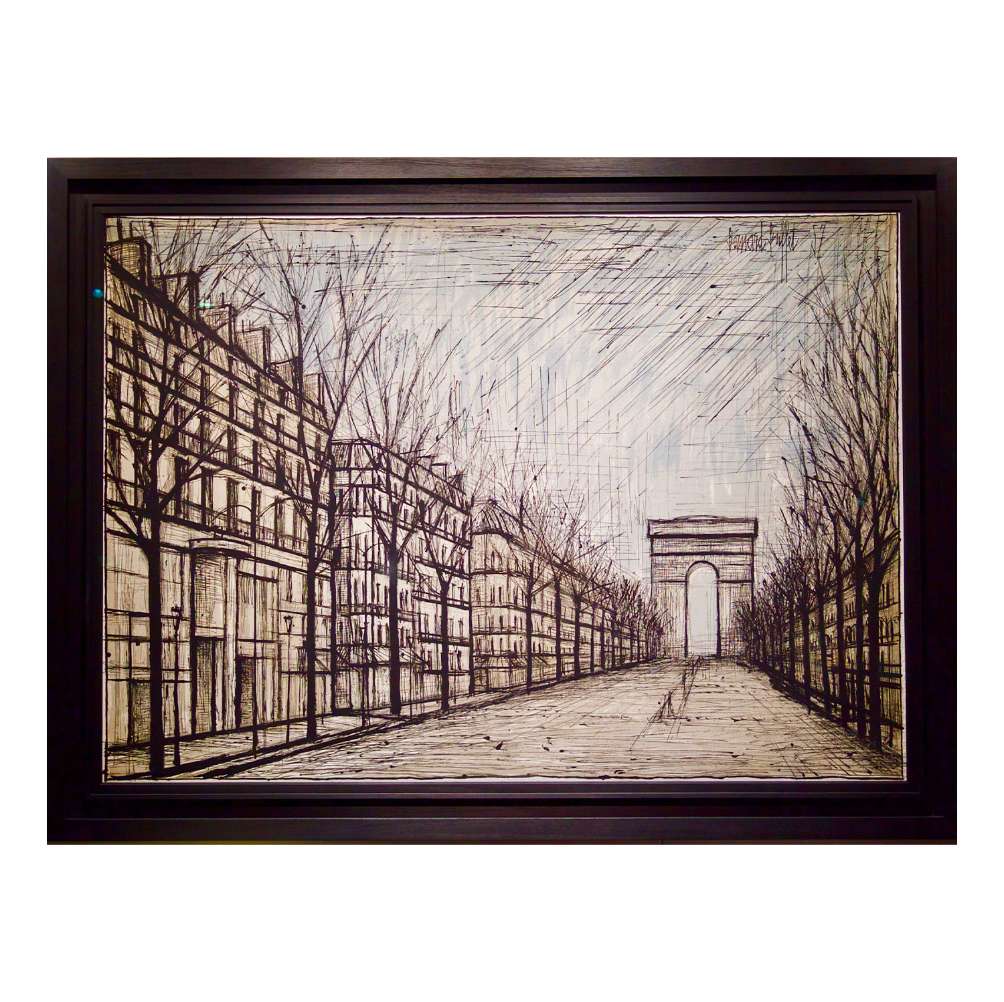Bernard Buffet
1928 – 1999
BIO
Bernard Buffet entered the Ecole des Beaux Arts in Paris in 1943 and studied there until 1945. From 1947 he dedicated yearly one exhibition to a special subject, Les Fleurs’, Vue de Venise’ or Les Clowns Musiciens’. In 1948 his artistic work was honoured with the Prix de la Critique. He became a member of the anti-abstract artist group L’homme Témoin. Buffet developed an unmistakable, realistic style. Often his heavily structured and vertically constructed works were dominated by a dark web of lines, resulting in a provoking & dramatic effect. Rembrandt, Géricault, Courbet, Delacroix and Van Gogh were his artistic role models. Buffet referred to German Expressionism – especially its pessimistic elements – to the mystic asceticism of early Christian cultures and the poetical rigorosity of Japonism. The artist was philosophically committed to Existentialism and the so-called Miserabilism of Francis Gruber. In his portraits, self-portraits, still lives & landscapes, he always dealt with the quintessence of life, when it came to rest through death, oblivion or solitude. Buffet’s works also celebrate with beautiful flowers, the great outdoors and harmonical buildings. In 1974 he was admitted to the Académie des Beaux Arts and appointed officer of the legion of honours. Following retrospectives worldwide, the patron Kiichiro Okano set up a museum for his works in a park near mount Fuji in 1973. He also worked as an illustrator and stage designer. In 1999 Buffet, who suffered from Parkinson’s Disease and was no longer able to work, committed suicide in his house in Tourtour.
